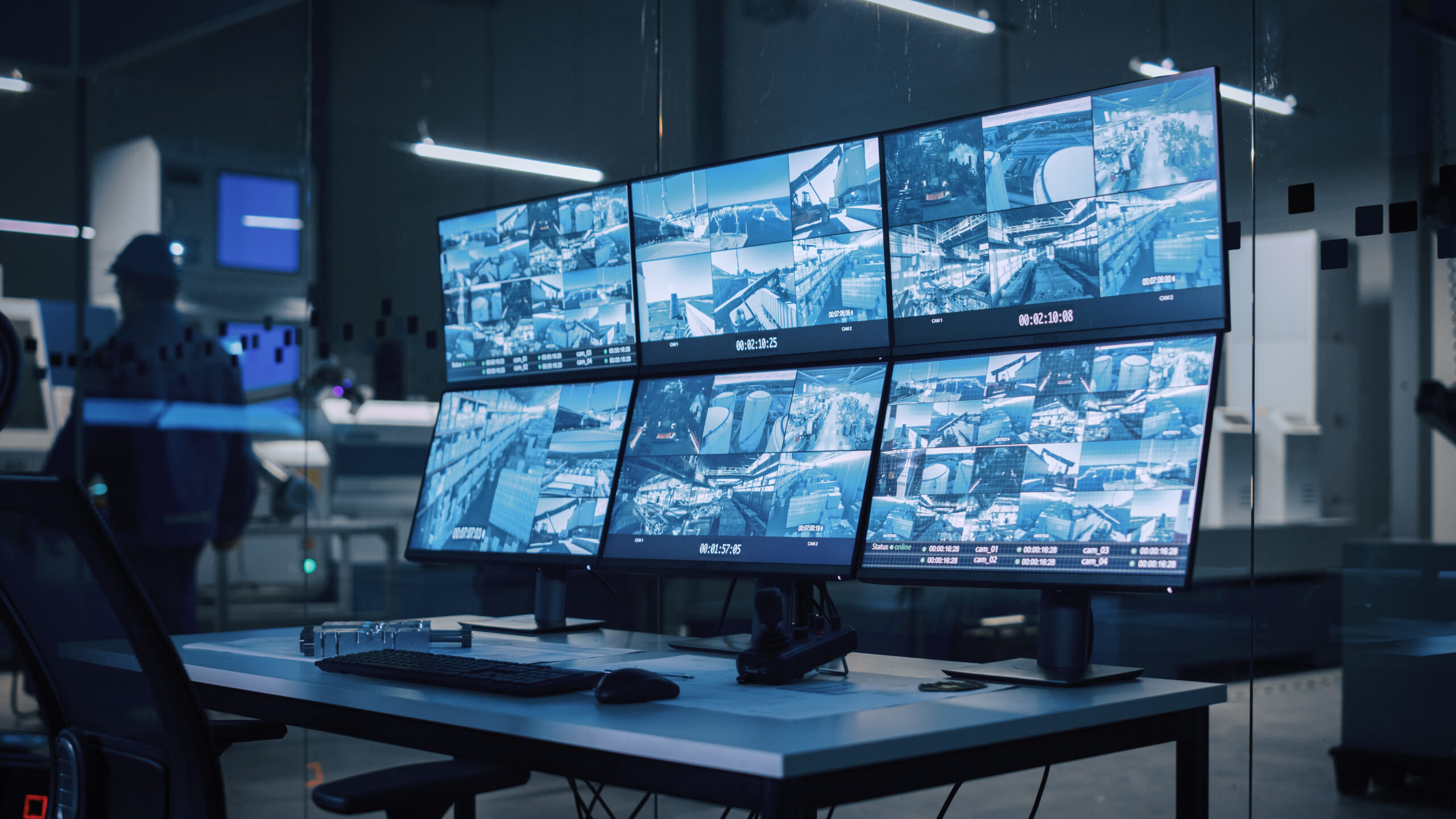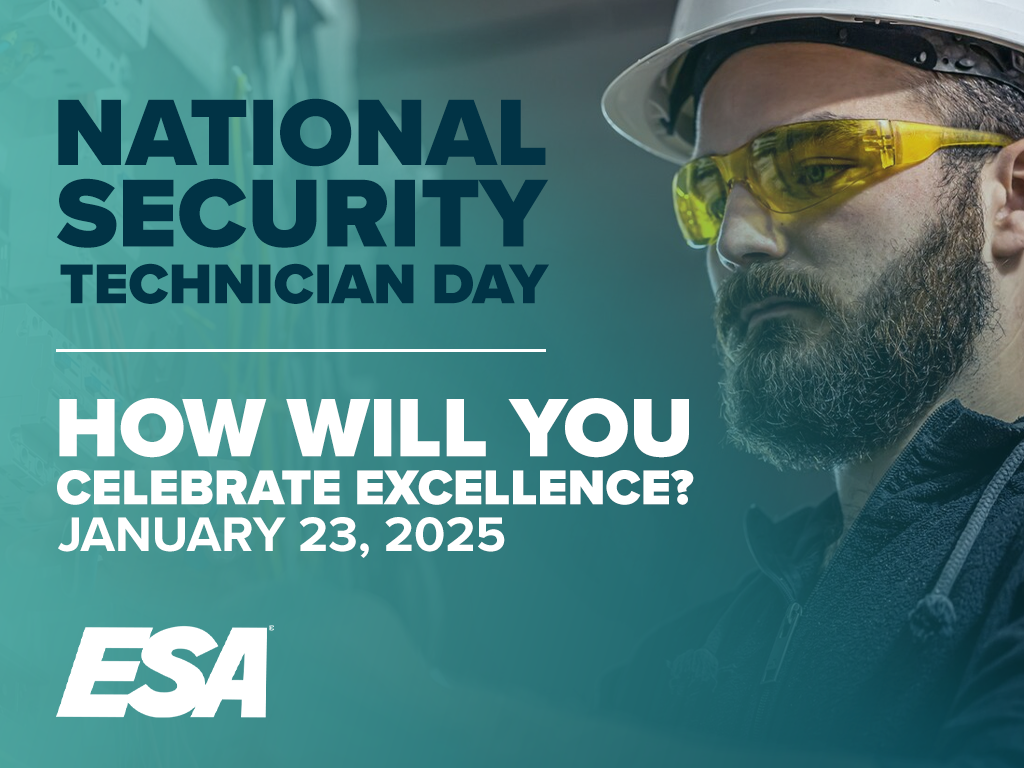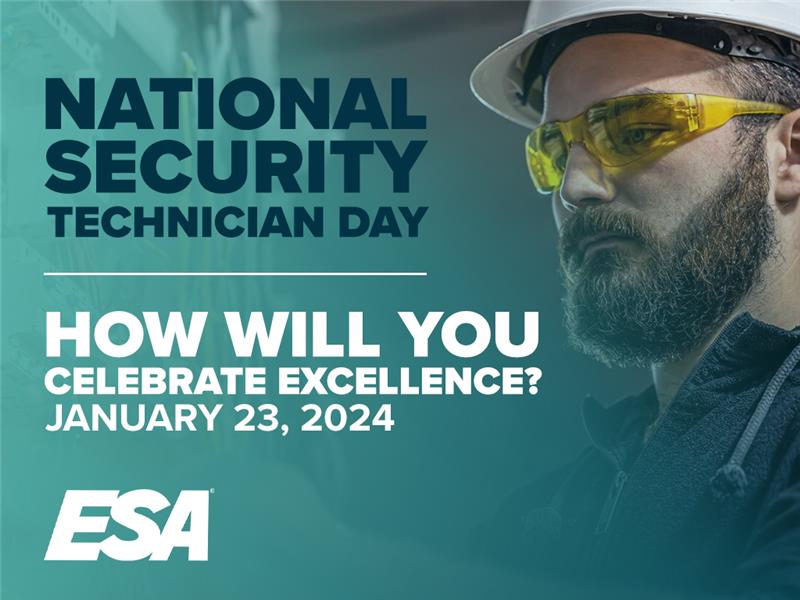The Next Frontier of Security Tech for SMBs: Video Verification & AI

ESA listened in on a discussion panel hosted by Elizabeth Parks, the President and CMO of Parks Associates titled “The State of Commercial and SMB Security: Video is the New Perimeter.” The panel included some of the top pros in the industry:
- Dominique Meyer- CTO of Camera Eye
- Uday Kiran Chaka- CEO of Sentry AI
- James Reno- VP of Commercial Sales for Alarm.com
- Avery Rigg- Sales Agent for Pro Sales Agents, Inc.
- Stephen Soltis- Sales Manager for Vector Security
- Matt Vallis- Consultant for Complex Solutions and Smart Buildings- TELUS
Here are some interesting facts we learned about the roles of cameras and video in our evolving, modern security systems. To begin with, Elizabeth Parks shared some important statistics about SMBs:
- There are over 30.7 million small businesses in the United States today. In fact, 99.99% of businesses in the country are small. This means that 64% of all jobs created each year come from small businesses.
- Many SMBs have some remote employees, especially since the pandemic, which raises an increased interest in cybersecurity for home Wi-Fi networks and other security systems and devices.
- Statistically, 39% of SMBs are likely to contract security products of some kind in the next 6 months.
Security companies’ primary concern when developing or marketing products should be to make security technologies more accessible to SMBs and individual consumers, not just large companies. This means focusing on SMBs needs as well as working to minimize costs.

Utilizing Artificial Intelligence & Video Verification
Fortunately, modern technology has allowed for electronic processors to become smaller and faster over the years, which has lowered costs and improved user experience. The incorporation of AI and video verification technology in security also cuts costs significantly by saving time and finances by removing the need for a backend infrastructure with multiple moving parts and people to operate it, plus the training necessary for those people. On average, a fully automated, AI security system comes out at 30% what it would cost to have an old-school system with a human security guard. Additionally, there is no big initial cost, since setup is quick and simple, whereas the installation of a complex back-end infrastructure is time-consuming and expensive.
Of course, consumers want to know that AI and video verification solutions are not only cheaper but actually more effective. What makes video verification systems special? Do they eliminate errors and minimize false alarms? Will they invade data privacy or steal information? These are all valid concerns that the panelists sought to relieve.
What makes video verification systems special?
Video verification allows more detailed data to be transmitted through the security system. Using cameras and video, you can be alerted that someone has crossed the property line. For example, long before anyone has neared or entered any buildings, the automated systems send the video automatically to the AI which then interprets the data to determine whether there is a threat or not.
“If you’re a property manager and have a substantial portfolio which may extend to various cities, you can now use your online platform to verify what’s going on in each of the buildings without having to call somebody,” explains Matt Vallis from TELUS.
The AI can be precise enough to recognize vehicles, individuals, etc. to react accordingly. Video gathers more information than a simple alarm system, so it can give your system options on how to react rather than to immediately sound the alarm. Additionally, security can be monitored remotely, with video feed, data, and potential security breaches available on a single user interface.
“With an app, people have the ability to access anything they might need at the tip of their fingers,” says Avery Rigg from Pro Sales Agents Inc.
Does Video Verification eliminate security errors and minimize false alarms?
Video verification AI systems have a 98%-99% false alarm filtration rate. Modern AIs can recognize movement caused by animals or wind or any weather inconsistencies and avoid reporting them. Because there can be multiple cameras posted at different vantage points, they can get a fuller picture of what is going on than a single guard could. Thanks to this, they can deliver more accurate results and responses and won’t alert the authorities unless there is a confirmed security breach. This in turn, obtains faster responses from the authorities. Statistics show that if the authorities receive fewer false alarms, they are more likely to arrive quickly.
Will they invade data privacy or steal information?
This is one of the biggest concerns for consumers. While people have grown increasingly accustomed to security cameras over the last couple of decades, they have been used to humans monitoring the footage. The idea of a fully automated system can be unnerving for people. As industry professionals, it is critical that we help educate our consumers on the matter, reassuring them of their data’s safety.
One benefit we find important to mention to business owners, particularly SMB owners, is that now, most of the footage will go unseen by human eyes. Unless something goes wrong and an emergency response or alarm is activated, the only ones monitoring the daily footage will be AIs. In addition, these automated systems remove identifiable data and translate video images into metadata, further protecting individuals’ identities. Therefore, AI video security systems impose less on people’s privacy than cameras being monitored 24/7 by people. Since the systems are set up as individual, internal networks, there is no risk of the AI selling or disseminating data to outside parties.
In order to ease clients’ minds with regards to privacy invasion, it’s important that security pros think about how they pitch the concept of video surveillance to the client.
“What we do is, we sit down with them (the client) [to see what their needs are] and help them look at cameras as more of an amenity to the building than as a restrictive thing,” says Matt Vallis from TELUS.
The security industry continues to grow in leaps and bounds every year, with our main focus being placed on “Hardware as a Service” for our customers and partners. Video and AIs are playing major roles now to streamline security systems and save time and money as well as improve results. Our hope is that these technologies will help us provide more reliable services to consumers at lower costs so that SMBs with limited budgets can obtain the systems they need as easily as big corporations can.

We have come a long way in our industry’s technologies, and the panelists think there will be big changes related to video verification and AI security systems even within the next year. For one, user experience will continue to improve exponentially. There will be increased flexibility across system features, further integration of all the different components. Additionally, video verification may even become a player on the financial field as insurance companies may begin to subsidize businesses that have security camera systems installed.
It is our responsibility as an association to keep up with the trends of the industry and communicate them thoroughly with our members. We want SMBs to have affordable solutions for the systems they need to protect their businesses. Thankfully it appears video verification and AI will continue to help make that possible.




